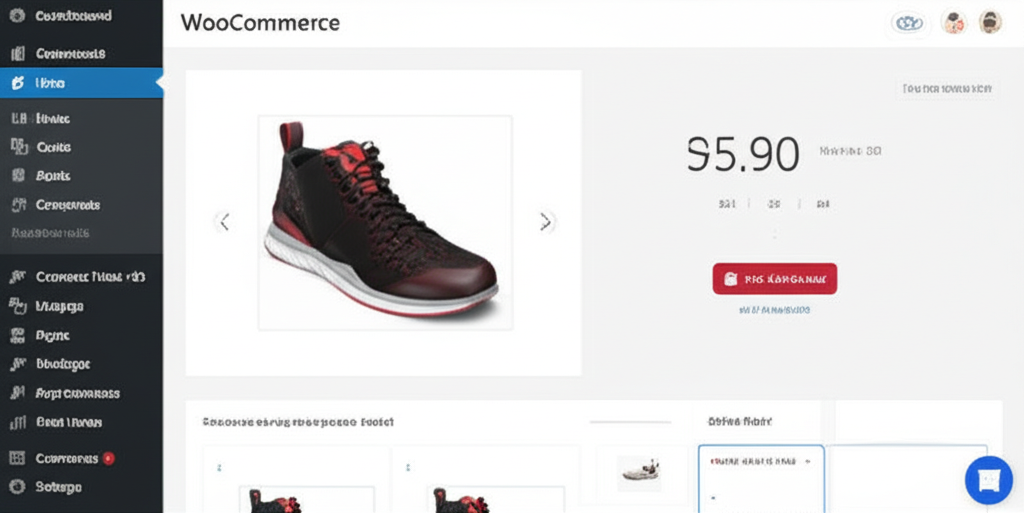Why WooCommerce Needs 3D Product Configurators
WooCommerce powers over 28% of all online stores, making it the most popular ecommerce platform worldwide. However, selling complex, customizable products on WooCommerce presents unique challenges that traditional product pages can't solve.
The Challenge with Traditional WooCommerce Product Pages
- Limited product variation options
- Static images that don't show customizations
- High return rates due to customer expectations mismatch
- Complex pricing calculations for custom products
- Poor mobile experience for product customization
Benefits of 3D Configurators for WooCommerce
Proven Results
Key Benefits Include:
- Visual Product Customization: Customers see exactly what they're buying
- Real-time Pricing: Dynamic pricing updates as customers configure
- Reduced Support Tickets: Self-service configuration reduces questions
- Higher Average Order Value: Customers add more options when they can visualize them
- Mobile-Optimized Experience: Touch-friendly 3D interactions
Step-by-Step Integration Process
1. Choose Your Integration Method
There are three main approaches to integrating 3D configurators with WooCommerce:
Plugin Integration
Use a dedicated WooCommerce plugin for seamless integration
Custom Development
Build custom integration using WooCommerce hooks and APIs
Embedded Solution
Embed configurator iframe within product pages
2. Technical Requirements
- WooCommerce 5.0 or higher
- WordPress 5.8 or higher
- PHP 7.4 or higher
- SSL certificate for secure transactions
- Adequate server resources for 3D rendering
3. Configuration Setup
Once you've chosen your integration method, the setup process involves configuring product variations, pricing rules, and customization options within your WooCommerce admin panel.
Best Practices for Implementation
Performance Optimization
- Optimize 3D models for web delivery (under 5MB)
- Implement progressive loading for complex configurations
- Use CDN for faster 3D asset delivery
- Enable browser caching for 3D resources
User Experience Guidelines
- Provide clear configuration instructions
- Show pricing updates in real-time
- Include configuration summary before checkout
- Offer preset configurations for quick selection
Measuring Success
Track these key metrics to measure the success of your 3D configurator integration:
Key Performance Indicators
- Conversion rate improvement
- Average order value increase
- Time spent on product pages
- Configuration completion rate
- Return rate reduction
- Customer satisfaction scores
Common Integration Challenges
While integrating 3D configurators with WooCommerce offers significant benefits, there are common challenges to be aware of:
Technical Challenges
- Complex product variation management
- Real-time pricing calculation accuracy
- Mobile performance optimization
- Inventory synchronization
Solutions and Workarounds
- Use structured product data for better variation management
- Implement server-side pricing validation
- Optimize 3D models specifically for mobile devices
- Set up automated inventory updates
Conclusion
Integrating 3D product configurators with WooCommerce represents a significant opportunity to enhance customer experience, increase conversions, and reduce returns. While the implementation requires careful planning and technical expertise, the results speak for themselves.
By following this comprehensive guide and best practices, you'll be well-equipped to successfully implement 3D configurators in your WooCommerce store and achieve measurable business results.
